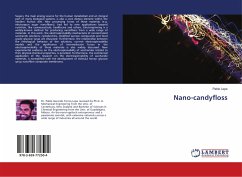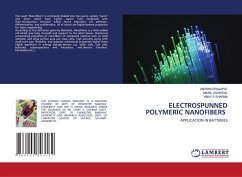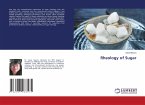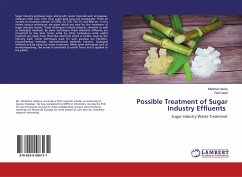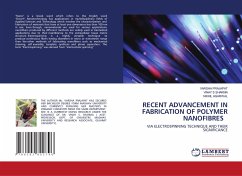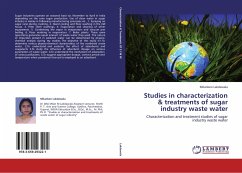Sugars, the main energy source for the human metabolism and an integral part of many biological systems, is also a core dietary element within the modern human diet. New processing forms of these materials (e.g. electrospun sugar nanofibers), had led to new applications beyond nutrition, like cosmeceuticals, healthcare and others. Electrospinning is a widely-known method for producing nanofibers from a wide range of materials. In this work, the electrospinnability mechanisms of concentrated saccharide solutions, cyclodextrins, modified sucrose compounds and food grade glucose syrup are discussed. Furthermore, the relationship between the rheological behavior of the solutions, current electrospinnability models and the significance of intermolecular forces in the electrospinnability of these materials is also widely discussed. New experimental evidence on the electrospinnability of saccharides related to their physical-chemical properties, is provided. Furthermore, the commercial application of the research on the electrospinnability of saccharide materials, is exemplified with the development of manuka honey- glucose syrup nanofibre composite membranes.
Bitte wählen Sie Ihr Anliegen aus.
Rechnungen
Retourenschein anfordern
Bestellstatus
Storno

